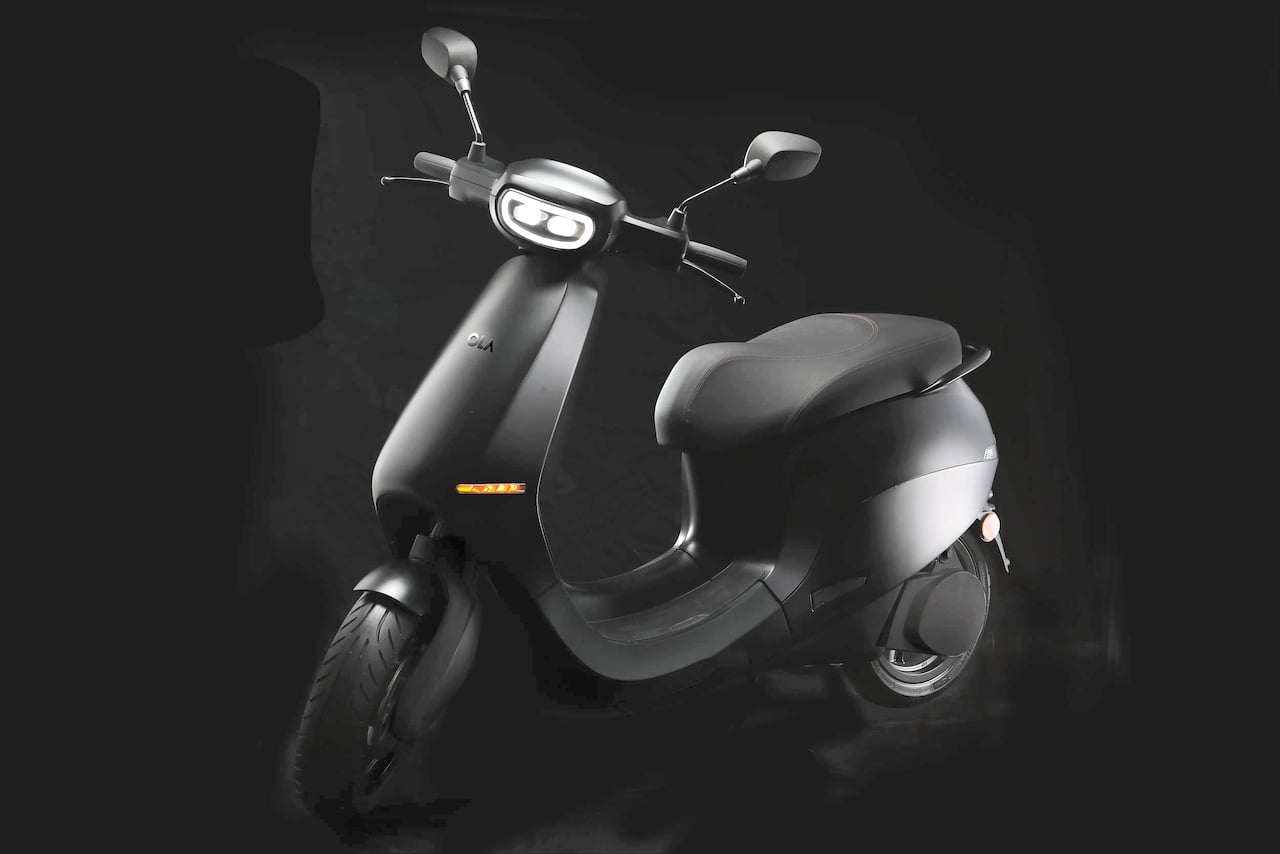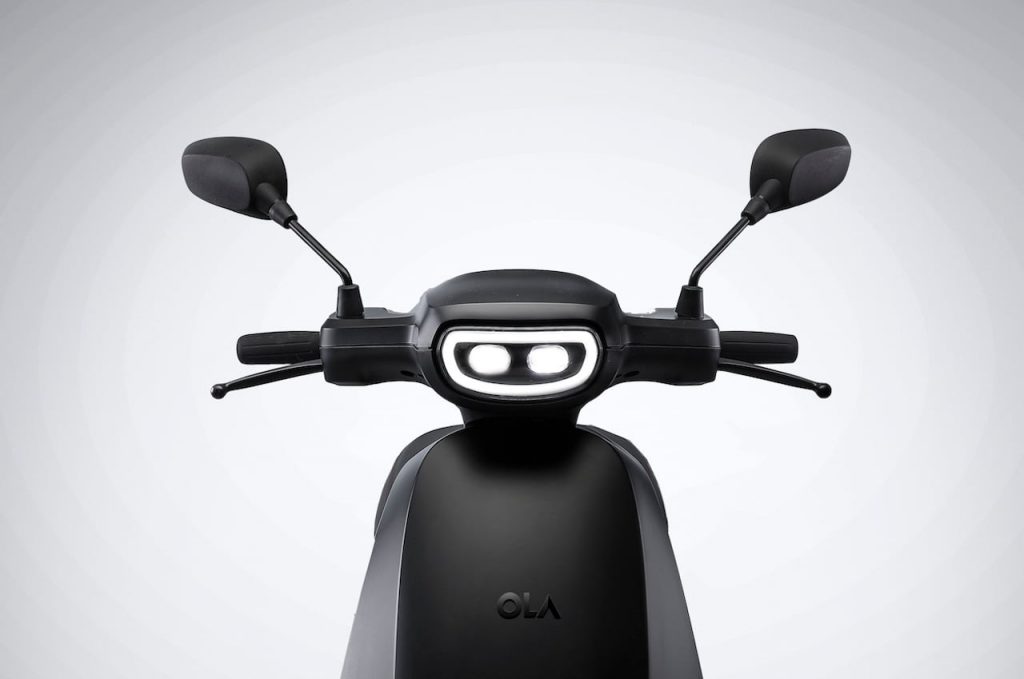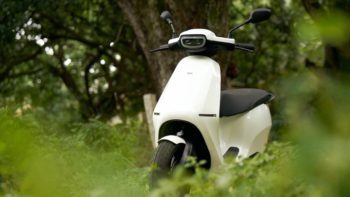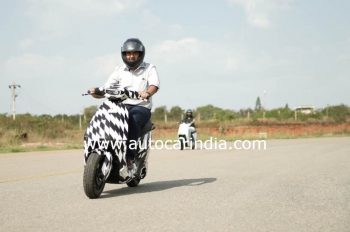In early December 2020, Ola Group CEO Bhavish Agarwal said that the company would be launching the Ola electric scooter in New Zealand in 2021, in turn contributing to the New Zealand government’s aim of on-roading 64,000 new EVs by end 2021 and helping its public sector become carbon neutral by 2025.
Agarwal, who recently spoke to PTI (article published in The Economic Times), highlighted the brand’s international aspirations, again. He said European markets would be key for the Ola electric scooter. The plant, which is coming up in record time, can manufacture one scooter every two seconds and 10 million two-wheelers a year.
France, Germany and Italy were highlighted as strategic markets for the brand, while UK and Spain are also on the radar. Agarwal confirmed that Ola Electric would start selling globally this year and highlighted that India would continue being the launch market for the electric scooter.
In April 2021, the company announced the appointment of Yongsung Kim as global head of sales and distribution. Kim has previously held top roles in the sales divisions of Hyundai and Kia.
Hypercharger Network
Ola Electric is also in the process of setting up its Hypercharger Network, which it claims will be the world’s largest electric two-wheeler charging network when complete. The mission has a lofty goal of setting up chargers in 400 cities, 100,000+ charging points, and offering 75 km (46.6 miles) of range in 18 minutes. A part of the Hypercharger Network will be automated, multi-level parking and charging systems in popular areas across cities. Hypercharger would be considered on a case-to-case basis as in some developed countries, the company’s own charging infrastructure may not be necessary at scale.

Ola S1 & Ola S1 Pro electric scooters launched
On August 15, 2021, Ola launched the much-anticipated S1 and S1 Pro electric scooters in India which will be headed to international markets. Bhavish Aggarwal said that the Ola S1 and S1 Pro will be launched internationally this financial year with a specific focus on the European market.
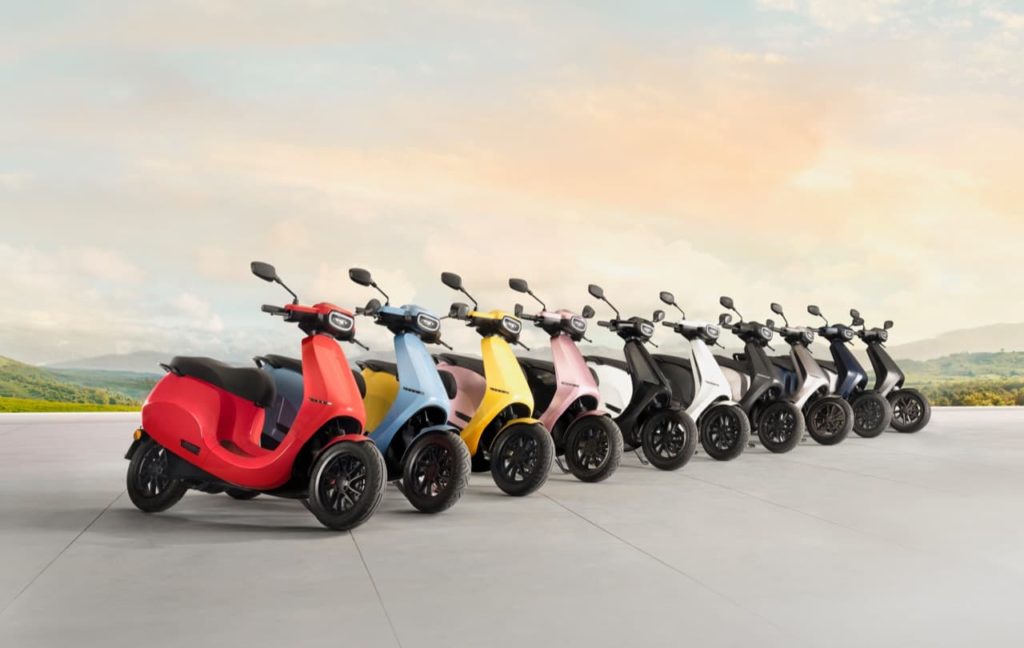
Design
The Ola electric scooter comes in two variants, the S1 and S1 pro and from the original Etergo appscooter design, has undergone a few changes. The headlamp is an LED unit as are the tail lamps and the turn signal. The instrument cluster is a large 7-inch touchscreen with a majority of features baked right in. The scooter has a rich selection of colours. While the S1 has an option of just five paint schemes, the S1 Pro gets 10 options.
Specifications
Powering the S1 and S1 Pro is something Ola calls a hyperdrive motor. This is capable of output figures of 8.5 kW of power and 58 Nm of torque. Supplying energy to these motors, is a 2.98 kWh battery pack for the S1 and a 3.97 kWh battery pack for the S1 Pro allowing for a claimed range of 121 km and 181 km respectively. The company supplies a 750 W portable home charger that is capable of fully charging the scooter in 4 hours and 48 minutes for the S1 and 6 hours and 30 minutes for the S1 Pro.

The company claims a fast-charging time of just 18 minutes for a total of 75 km in range. Suspension comes via a single fork and monoshock at the front and rear respectively with disc brakes at both ends. Ola claims a top speed of 90 km/h for the S1 and 115 km/h for the S1 Pro. The S1 gets two drive modes Normal and Sports whereas the S1 Pro gets an additional mode called Hyper which will presumably allow the scooter to hit that 115 km/h top speed.
Features
The Ola electric scooter comes packed with features and the large instrument cluster provides most of these features while some of them are functional when using the Ola Electric app. the cluster is based on the Move OS which has been developed in-house. It comes complete with Bluetooth, Wi-Fi and even 4G connectivity. Ola claims to have a navigation system built right into the screen complete with traffic information. It allows users to specify profiles for each individual along with an array of unique sounds and customisation on the screen. The S1 Pro variant additionally gets a voice assistant built in.
The Ola scooter has certain unique features such as the reverse mode which is available on both scooters, but the S1 Pro boasts hill hold as well as cruise control, features usually saved for premium motorcycles. Another unique feature is that Ola has built-in speakers that allow you to play music or even take phone calls straight from the scooter thanks to the array of microphones and speech recognition AI. Again this feature is reserved for the S1 Pro. Both scooters also get an electronic handlebar lock that works using proximity sensors and locks or unlocks the scooter based on how close you are to it.

Ola electric scooter Feature list
- Proximity Lock/Unlock
- Remote Boot Lock/Unlock
- Receive Call/Message/Access Contacts
- Infotainment
- Side Stand Alert
- Anti-theft Alert System
- Geo Fencing
- Wi-Fi/Bluetooth/GPS Connectivity
- Onboard Navigation
- Limp Home Mode
- Reverse Mode
- Hill Hold (Only on S1 Pro)
- Get Home Mode
- Cruise Control (Only on S1 Pro)
- Take Me Home Lights
- Find My Scooter
- HMI Moods with sounds
- Electronic Steering Control Lock
- HMI Brightness Adjuster
- Welcome Screen
- OTA Updates + Forced Updates
- Manual SOS (on the HMI)
- Book Service Appointment on the App
- Track Your Vehicle on the App
- Road Side Assistance on the App
- Predictive Maintenance (Brake pad Wear Sensor)
- Voice Assistant (Only on S1 Pro)
Ola Electric Scooter made at the world’s biggest two-wheeler factory
Construction of the Ola electric scooter’s plant in the southern Indian state of Tamil Nadu began in February. Ola Electric has brought up the world’s largest two-wheeler factory up in record time in an estimated 10+ million man-hours. Ola Electric built the first scooter at this facility on August 15, as per a Tweet by Aggarwal.
Video Source: youtube.com/Ola Electric
The first phase of the “mega-factory” will become operational in the coming weeks, and that will provide Ola with an initial capacity of 2 million electric scooters a year. With the completion of Phase 1 at the 500-acre site, the company will start manufacturing the Ola electric scooter and exporting it to markets like New Zealand.
Ola has partnered with ABB for robotics and automation solutions for the world’s largest scooter plant. It will utilise ABB’s automation solutions in the main manufacturing process lines of the “mega-factory,” including the painting and welding lines.
The European technology company’s IRB 5500 paint robots, IRB 2600 Integrated Dressing robots will be in charge of the painting and welding lines of the Ola plant. The mobility company will source ABB IRB 6700 robots as well, and that will be for assembly and material handling in the battery and motor assembly lines.
In January, Ola announced a tie-up with Siemens for the upcoming electric vehicle plant. The partnership with the German conglomerate will allow the company to access its integrated Digital Twin design and manufacturing solutions for digitalizing and validating product and production before beginning operations.
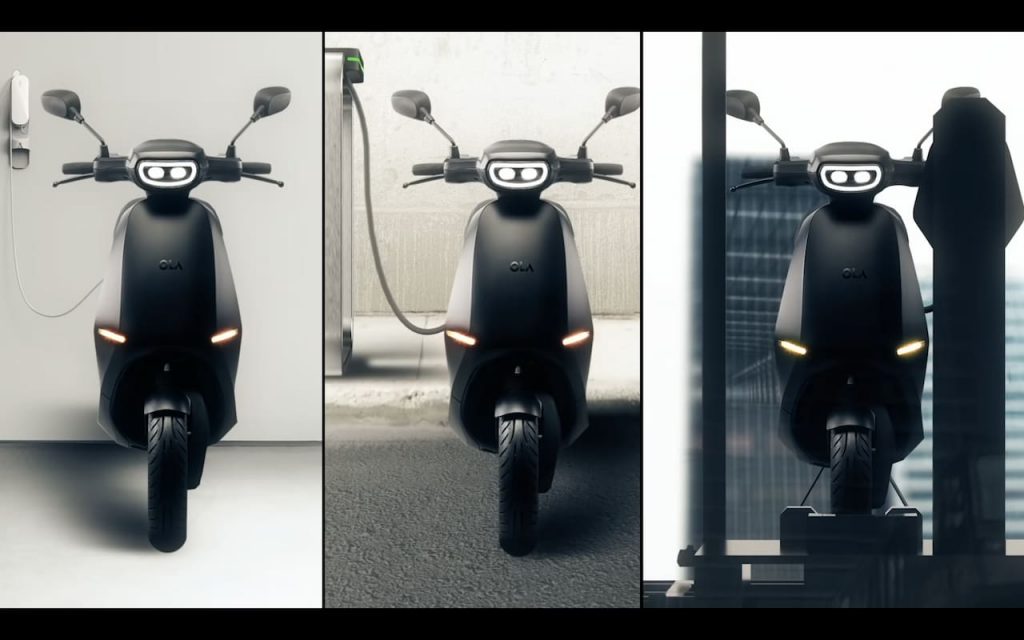
Ola is building its factory on Industry 4.0 principles, which Siemens claims to be a global leader in. This highly advanced manufacturing facility will make use of almost 5,000 robots. The company has also said that the Ola electric scooter will “reimagine” customers’ expectations from a scooter.
The factory will be AI-Powered with Ola’s own AI Engine and tech stack integrated within every aspect of the manufacturing process, continuously self-learning and optimising every aspect of it, says the company.
Ola Electric has roped in General Motors veteran Jose Pinheiro to head its global manufacturing and operations. Pinheiro previously held the post of Vice President of Manufacturing for GM Latin America, based out of Sao Paulo, and has 45+ years of leadership experience.
Experts believe that electric two-wheelers will become more relevant in the post-COVID world and Ola Electric is aiming to transform the global two-wheeler market into a clean energy future. Previously, Aggarwal said that electric mobility is the future and there is an opportunity in the post COVID world to accelerate the adoption of electric mobility globally.
| Ola Electric Scooter specs | Ola S1 | Ola S1 Pro |
| Length | 1859 mm | 1859 mm |
| Height | 1160 mm | 1160 mm |
| Width | 712 mm | 712 mm |
| Wheel Base | 1359 mm | 1359mm |
| Seat Height | 792 mm | 792 mm |
| Wheel Size | 12″ Aluminium Alloy | 12″ Aluminium Alloy |
| Tyres | 110/70 R12 | 110/70 R12 |
| Suspension | Front: Single Fork Rear: Monoshock | Front: Single Fork Rear: Monoshock |
| Brake System | Hydraulic Disc brakes | Hydraulic Disc brakes |
| Brake Disc Size | Front: 220 mm Rear: 180 mm | Front: 220 mm Rear: 180 mm |
| Storage Volume | 36 litres | 36 litres |
| Kerb Weight | 121 kg | 125 kg |
| Motor Type | Mid-drive IPM | Mid-drive IPM |
| Max Motor Output | 8.5 kW | 8.5 kW |
| Nominal Motor Output | 5.5 kW | 5.5 kW |
| Max Torque | 58 Nm | 58 Nm |
| Acceleration (0-40 km/h) | 3.6 seconds | 3 seconds |
| Battery Capacity | 2.98 kWh | 3.97 kWh |
| Range | 121 km | 181 km |
Featured image: Ola Electric
